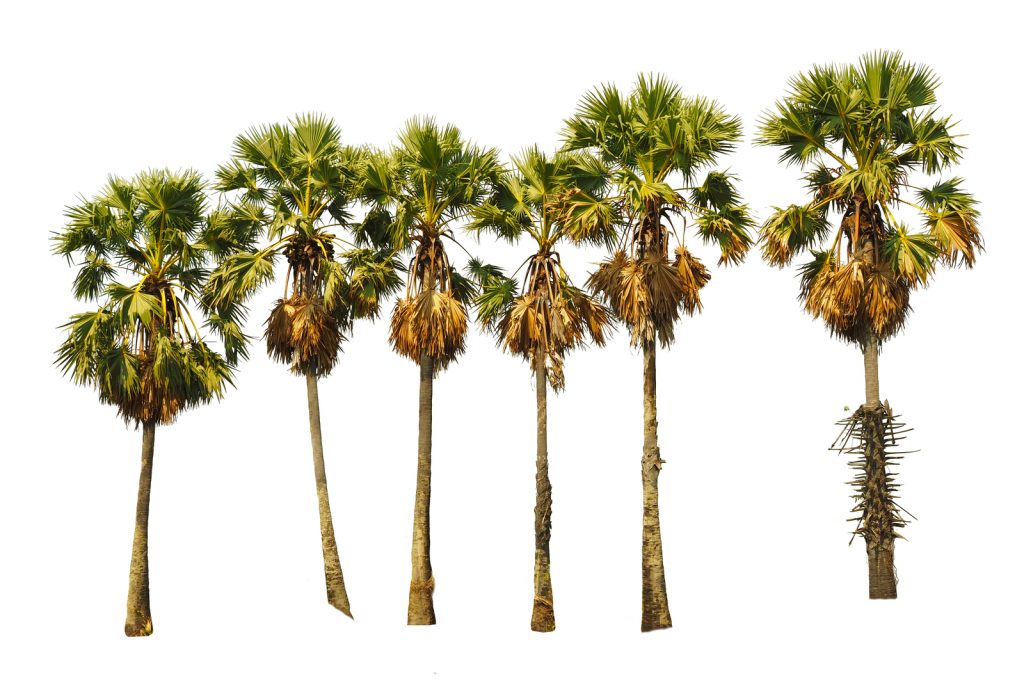Tree Relocation Tips That Will Ensure Your Trees Thrive
Tree Relocation Tips That Will Ensure Your Trees Thrive
There are many reasons why you may want to consider moving into Pompano Beach, FL. One of them is because it is an excellent place for boating and fishing. This gives you the perfect getaway adventure from the hustle and bustle of life. You can go on an enchanting escapade on the waves as you reconnect with your inner self. Moreover, if you love snorkeling or had it on your bucket list, Pompano Beach is the place to go for this. Well, even if you don’t move into Pompano Beach and you live nearby, you can make this your No.1 relaxation base.
In the same way, trees sometimes need to be relocated. This could be because there isn’t sufficient space. Or some development needs to be done where the tree once stood, or maybe you’re moving house and that tree carries sentimental value for you. Whatever the reason, tree relocation is necessary sometimes and if done well, it will be successful. Find out how this can happen.
General Success Factors For Tree Relocation

You probably know that different trees have different needs. Some need a lot of water. Others don’t. Some need regular trimming, while others can go for years without any maintenance practices. Yet, when it comes to tree relocation, there are common considerations that cut across all trees. These will help you tell whether a tree relocation project is likely to succeed or fail.
A question that gets asked of us a lot is, “Can a tree be too big to successfully move?” There is not a clear-cut answer of yes or no. There are many circumstances that will make or break a transplant…
There are some basic factors that govern how to successfully transplant a tree.
The age of the tree
The size of the tree
Access to where the tree is currently and where it is being relocated to…A tree that has a 2-inch diameter or less can usually be safely moved by a homeowner within their own yard. 2 to 4 inches in diameter becomes exponentially more difficult. Above 4 inches should be handled by professionals. Read more at Big Tree Supply
Survival Based On Tree Roots

Apart from the factors mentioned above, it’s critical to pay attention to the roots of the tree. This is because the roots are the ‘lifeline’ that connects the tree to the new location. The type of root may dictate the kind of approach that should be taken when relocating the tree. The following post goes into the details of roots and survival out of the pot.
There isn’t a fixed time duration as different plant species have different survival rates when it comes to staying out of the pot. The survival of the plant out of a pot primarily depends on the plant species and its root system.
Plants with Thick Roots: Plants with fleshy, thick roots can last longer out of the soil as opposed to plants with thin, fibrous roots (stringy roots)…Plants with thick roots can survive out of a pot for months if you keep them misted with water in wood chips.
Plants with Rhizomes: Plants with rhizomes (such as irises) can be stored in dry wood chips for several weeks or even months. Check regularly for mold (discard those) or rhizomes that look like they are starting to shrivel (mist those lightly with water or very lightly moisten wood chips).
Plants with Fibrous Roots: Fibrous root plants are a little trickier. Without moisture or nutrients, they will not survive a long period because the resources to thrive are not present in their roots. Read more at Flourishing Plants
How To Take Care Of the Root system

Now that you know how fast or slowly a tree’s root system can get damaged during the relocation process, the right steps need to be taken. Despite the delicate nature of the root system, you can minimize damage by going the extra mile to safeguard the roots. Here are some practical steps on how to do that.
For a transplant to be successful, you must include as much of the plant’s root system as is reasonably possible. In general, you’ll need at least 10 to 12 inches of root ball diameter for every inch of trunk diameter.
Example: If a tree trunk is 3 inches in diameter, you’ll need a root ball that’s 30 to 36 inches in diameter.
The depth of the root ball also increases proportionally. Include as many of the lateral roots as possible. Since these roots are near the soil line, a root ball that’s generally 12 to 24 inches deep will include those roots.
A root ball with soil and a plant attached will weigh about 100 pounds per square foot, so have the necessary machinery or a cart available to move it. The bigger the tree, the less likely you’ll have a successful transplant. Read more at Lowes
There are projects you can handle well but there are others that just need an expert’s hand. If you realize your tree relocation project is not possible on a DIY basis, worry not.
EPS Landscaping and Tree Service is here to offer you the best tree relocation services in town. We delight in transforming yards into havens of peace and tranquility. You will benefit greatly from the expertise we have and our passion for excellence. Don’t wait any longer, call us today to get started on your successful tree relocation project in Pompano Beach, FL.
Published Wed, 24 Aug 2022 07:57:48 -0500


Comments are closed.